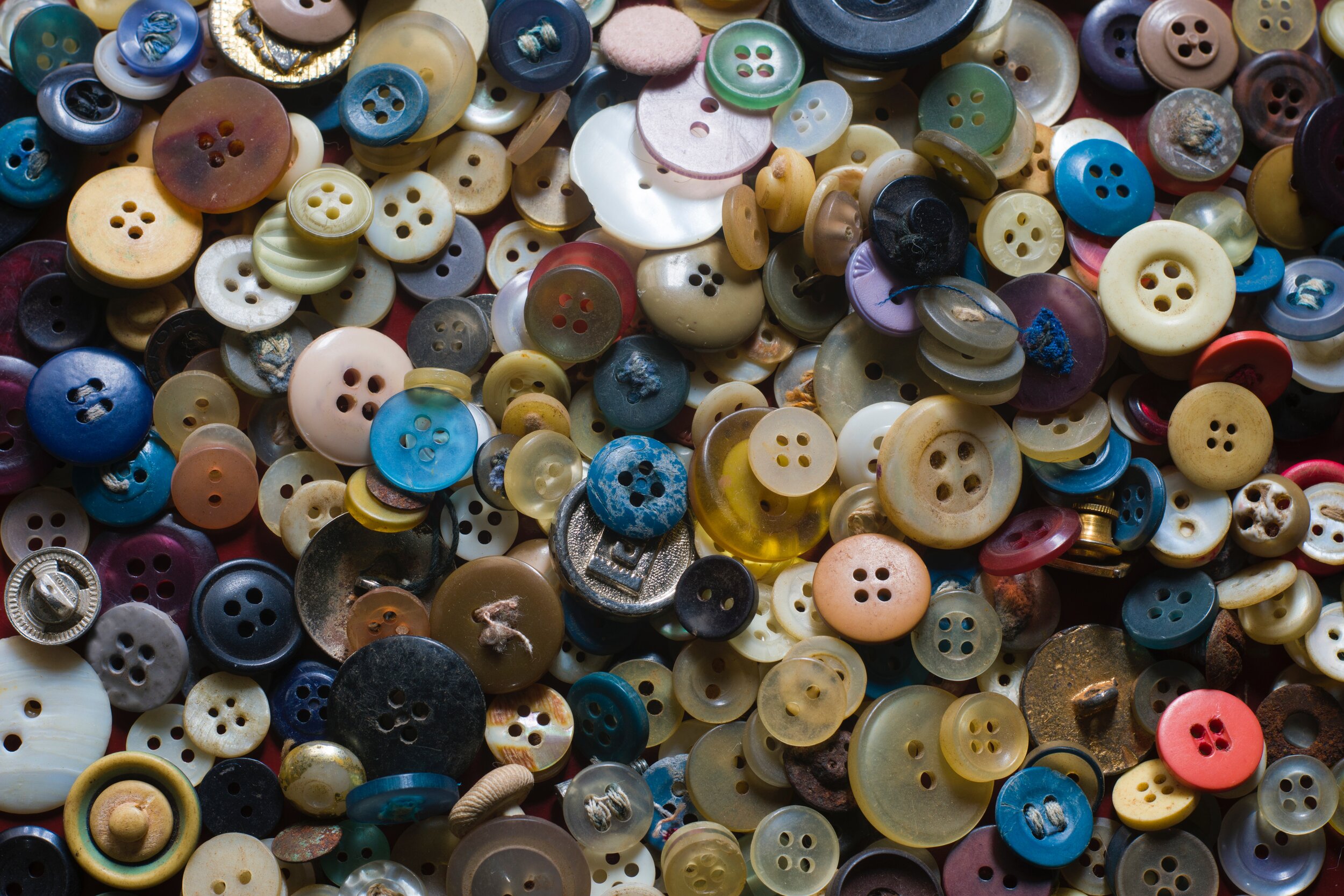H&M, Zara? Your clothing is made by slaves
By Sophia Francis Mills
Textiles
Whether it is made of silk, cotton or leather, your clothes make a statement about your individuality, and your personality, to those who look at you. From t-shirts, to denim jackets, to leather pants, from interview suits, to that little black dress, to tracksuits and coats, clothes advertise yourself to the world—they say something about who you are.
It is no wonder that companies such as Inditex—made up of Zara, Pull&Bear, Massimo Dutti, Bershka, and many other clothing stores—are literally worth billions of euros, as they attract masses of shoppers annually. Their shoppers are all looking for that perfect jumper or t-shirt, to make conscious choices about the clothes they wear, and to make statements to the world about the kind of person they are: they want to look good, and they want it to be cheap.
Behind the scenes, though, more than 60% of world clothing exports are created in developing countries, with Asia being a major world provider. Asia produces approximately 32% of the world's clothing exports, and China has become the highest world producer of clothing; it creates nearly 13% of the world supply.
In countries such as Bangladesh, the textile industry generates approximately 80% of the country's foreign trade, and could potentially remove the country from the clutches of poverty—much like in 1980s China—it is the consistent call for cheaper clothes in the West that is keeping employees' wages low. Some workers earn as low as 68 dollars per month, which is hardly enough to maintain them; workers in Bangladesh have approximately the lowest salaries compared with the rest of the world.
Factory workers are often underage and overloaded with work, supporting other poor family members. And although the law in Bangladesh states that factories can only employ workers who are 14 and over, working for five hours per day, this law is often broken.
And it doesn't stop there. Poor working conditions often exist for factory employees. In Bangladesh, four million people—predominantly women—work in nearly 3,500 factories, some of which have been deemed structurally unsound. In 2015, for example, the Rana Plaza factory collapsed and killed approximately 1,100 people. They died working on requisitions for high-street retailers which, for a short time, attracted global attention to the prosperous textile industry.
However, things have started to change since the collapse. Although much more needs to be done, 75% of the factories have been checked and gone through construction and fire safety evaluations. And, although workers' wages remain low, a significant change has come to the textile and clothes industry in Bangladesh.




